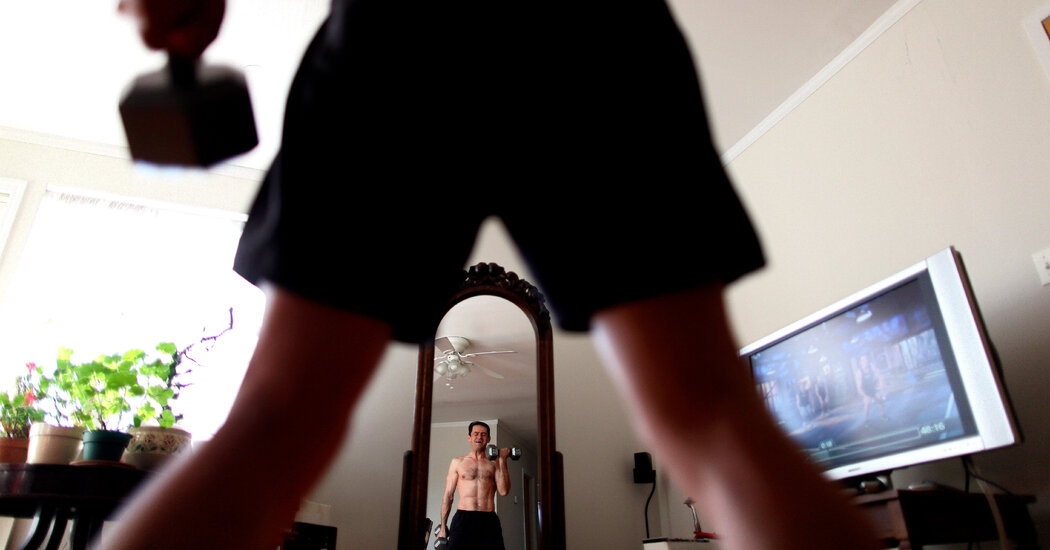Viral online exercise challenges, like the 75 Hard or the 12-3-20, might get you in shape in the short run, but they may not help you build sustainable healthy habits.
A new trending workout seems to emerge every month. Each guarantees a happier, healthier, stronger and leaner you.
There’s a viral challenge, known as “75 Hard,” which promises to improve your mental toughness if you work out for 45 minutes twice daily — while also sticking to a diet and drinking a gallon of water a day, among other things. Another, known as 12-3-20 (not to be confused with 12-3-30 or 25-7-2), claims to transform your body. And there’s always some new kettlebell routine with thousands of TikTok views saying it can make you a faster runner almost immediately.
There’s no doubt that a vigorous fitness regimen could help improve your stamina, in the same way that eating a healthier diet and committing to more sleep may help you feel more energized and rested. The actual workouts of these plans are often perfectly fine, but the problem is how they make you think about exercise.
Oftentimes the advice of these fitness strategies is “misleading at best and dangerous at worst,” said Victoria Sekely, a physical therapist and the founder of Train Smart Run Strong, leaving you feeling worse than you did before and leading to injury or burnout.
Here’s how you can identify which exercise fads may help you reach your goals and which may set you up for injury or disappointment.
Be realistic about your starting point.
Many fads are actually designed for people who already have a workout routine and may not be suitable for beginners. Influencers don’t know where you are starting from.
